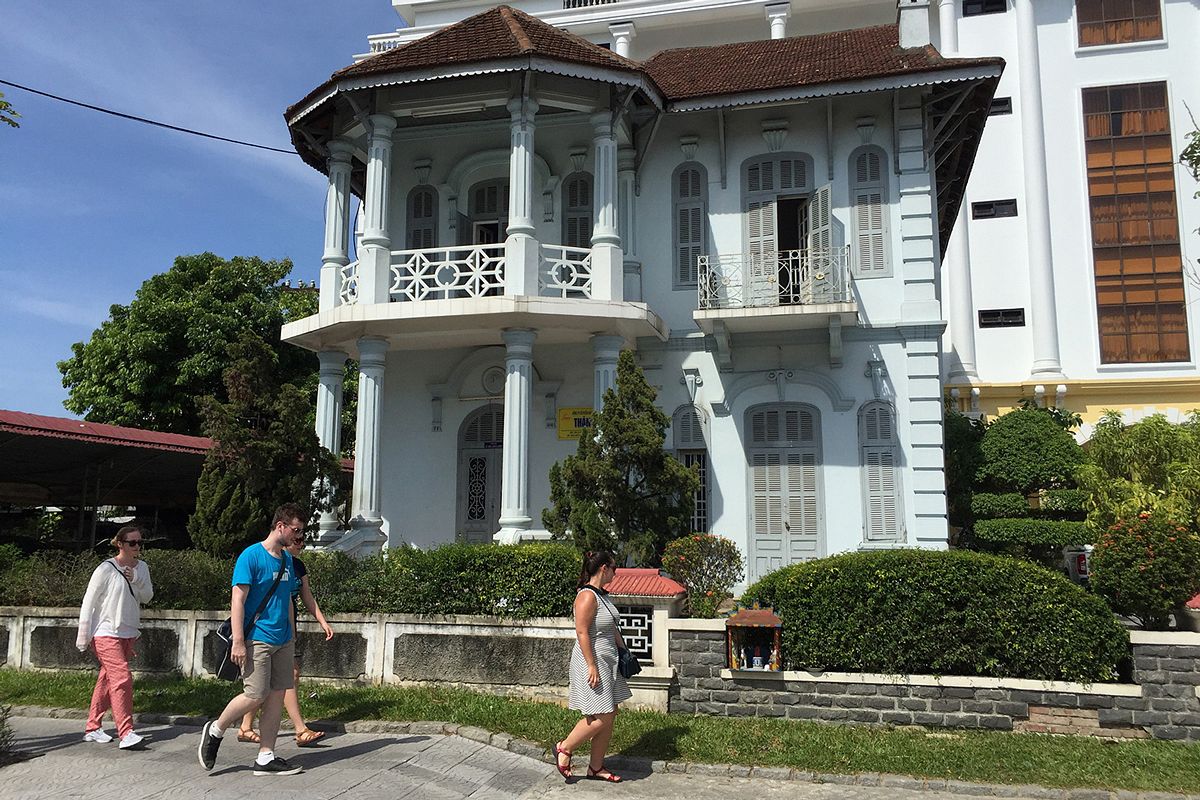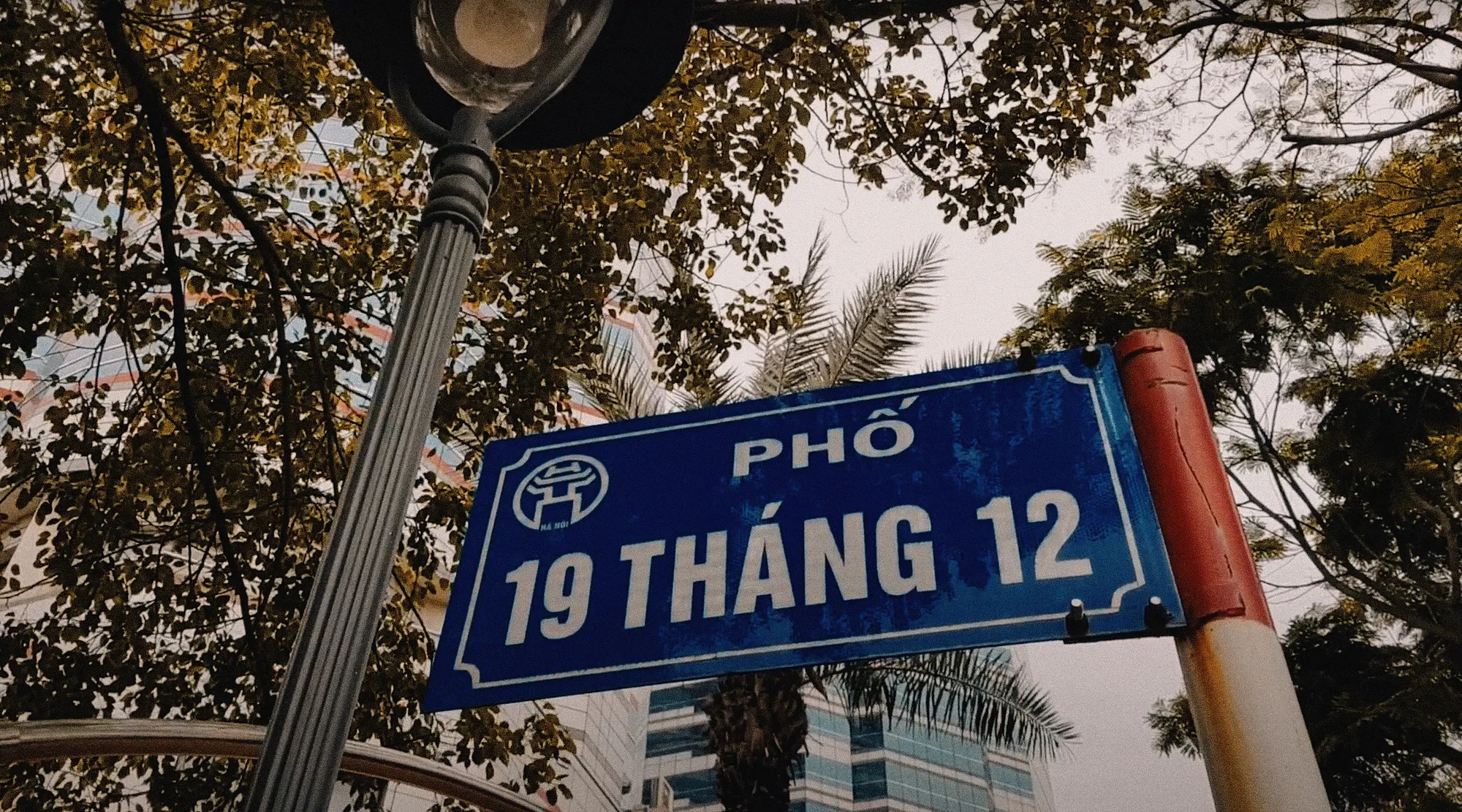Ly Thai To – founder of the Later Ly dynasty, Vietnam’s first stable empire – is one of Vietnam’s most important historical figures, so it’s no surprise that his name appears on one of Saigon’s most vital arteries.
The street bearing his name is located in densely populated District 10, joining the Cong Hoa and Nga Bay roundabouts, which connect Districts 1, 3, 5 and 10. This route plays an integral role in the city’s transportation network today, similar to the way its namesake had a hand in shaping Vietnamese history roughly a millennium ago.
The emperor’s beginnings are a combination of mystery, religion and mythology. Born in the 10th century, Ly Thai To originally went by the name Ly Cong Uan. According to Cuong Tu Nguyen’s Zen in Medieval Vietnam: A Study and Translation of the Thien Uyen Tap Anh, legend has it that Uan’s mother became pregnant by a deity on Mount Tieu Son and gave birth to the emperor-to-be. When he reached the age of three, Uan’s mother brought the child to a monk called Ly Khanh Van and left him to grow up in a Buddhist temple.
As a result, the monarch’s life was significantly influenced by religion. Ly Van Hanh, another monk who was known for his ability to see the future, aided the young emperor in eventually making the leap from bodyguard of the disgraced Le dynasty ruler Le Ngoa Trieu to emperor himself. According to Nguyen’s book, a series of omens appeared foretelling the downfall of the Le dynasty, though some scholars argue that these omens were created by Van Hanh to install Ly Thai To as ruler.
Nevertheless, in his late 30s, Ly Thai To took control of the capital at Hoa Lu, located in present-day Ninh Binh province. In his first year of rule, the emperor quickly realized that while the capital was protected against invasion by the surrounding mountains, Hoa Lu’s isolated location made it a poor choice for empire-building.
As a result, Ly Thai To moved the capital in 1010 to what is now Hanoi and renamed the city Thang Long, meaning “ascending dragon.” This would remain the seat of the Vietnamese empire until 1802, when Nguyen dynasty emperor Gia Long relocated the capital to Hue.
The first year of the emperor’s reign was also a monumental one for several other reasons, including Ly Thai To’s push to officially incorporate Buddhism into the Vietnamese empire. That same year, the emperor ordered the renovation of all old and decaying temples in the country and presided over mass ordinations of monks. In the newly founded capital, Ly Thai To constructed eight Buddhist temples during his first two years in charge.
In a more lasting sense, Ly Thai To was instrumental in layering Buddhism into the country’s imperial dogma. According to historian Christopher Goscha’s Vietnam: A New History, after gaining power, Ly Thai To elevated Buddhism to an official religion, giving new prominence to those monks who allied themselves with the king in the goal of creating prosperity and faith as well as more effective political and economic control.
The emperor met his ultimate fate in 1028 at the age of 55; however, Ly Thai To’s legacy - and that of the larger Ly dynasty - live on today.
















